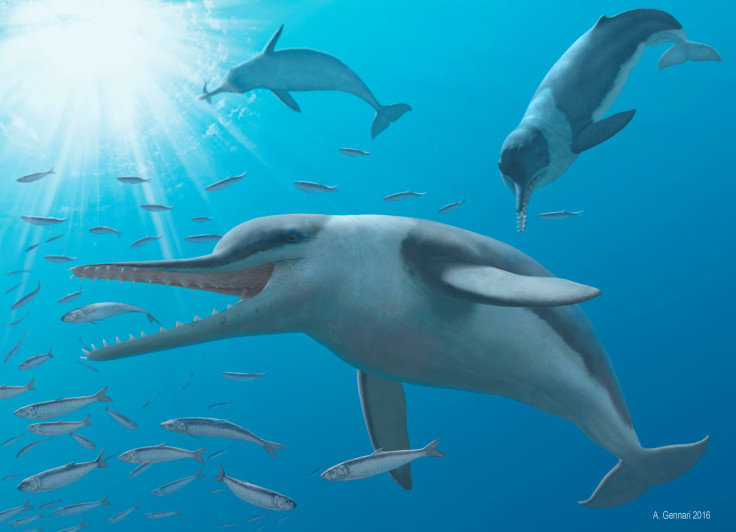Whales’ ultrasonic hearing has an ancient history, reveals fossilised ear

Researchers have found that whales’ ultrasonic hearing has an ancient history. Their high-frequency hearing abilities arose earlier than anticipated. Morgan Churchill of New York Institute of Technology in Old Westbury, New York, said that the high-frequency hearing of whales may have preceded the emergence of echolocation.
Toothed whales depend upon echoes of their own calls to navigate and hunt underwater. This skill works in conjunction with their high-frequency hearing. The researchers studied one of the best-preserved ears of any ancient whale ever discovered in order to arrive at the conclusion. The study has been published in the Cell Press journal Current Biology.
Churchill made the discovery in studies of a new fossil whale species (Echovenator sandersi) found in a drainage ditch in South Carolina. The ancient whale’s extraordinarily complete fossilised ear was CT-scanned by the researchers and was compared to ears of 23 fossil and living whales and also two hippos.
This analyses uncovered amazing new features that are found in today’s dolphins that can detect ultrasonic frequencies. The study of the Echovenator's ear’s anatomy suggested high-frequency hearing evolved early in whales, nearly 27 million years ago. In fact the traits associated with this special ability predate the emergence of toothed whales.
The study also suggested that evolutionary ancestors of toothed whales were better at detecting higher frequencies than their relatives on land. The scientists found the inner ear of the Echovenator to be astonishingly similar to that of modern whales. The study showed rapid evolution of hearing abilities in early whales. Only one trait of the ancient whale’s ears matched with the primitive whales than modern whales.
There are many other fossil whales from South Carolina and Echovenator is just one of such whales that Churchill and his colleagues are studying. The fossils are evidence of some of the earliest known ancestors of toothed whales. Studying more such fossils will provide more information on evolution of their intelligence, diversity in modern whales, foraging ecology and body size.
The Echovenator analysis revealed other important details too. The ancient whale was surprisingly small compared to its ancestors. This pointed towards radical change in body size early in toothed whale evolution. This in turn could have influenced a number of variables from brain size to ecology, the researchers said in a statement.






